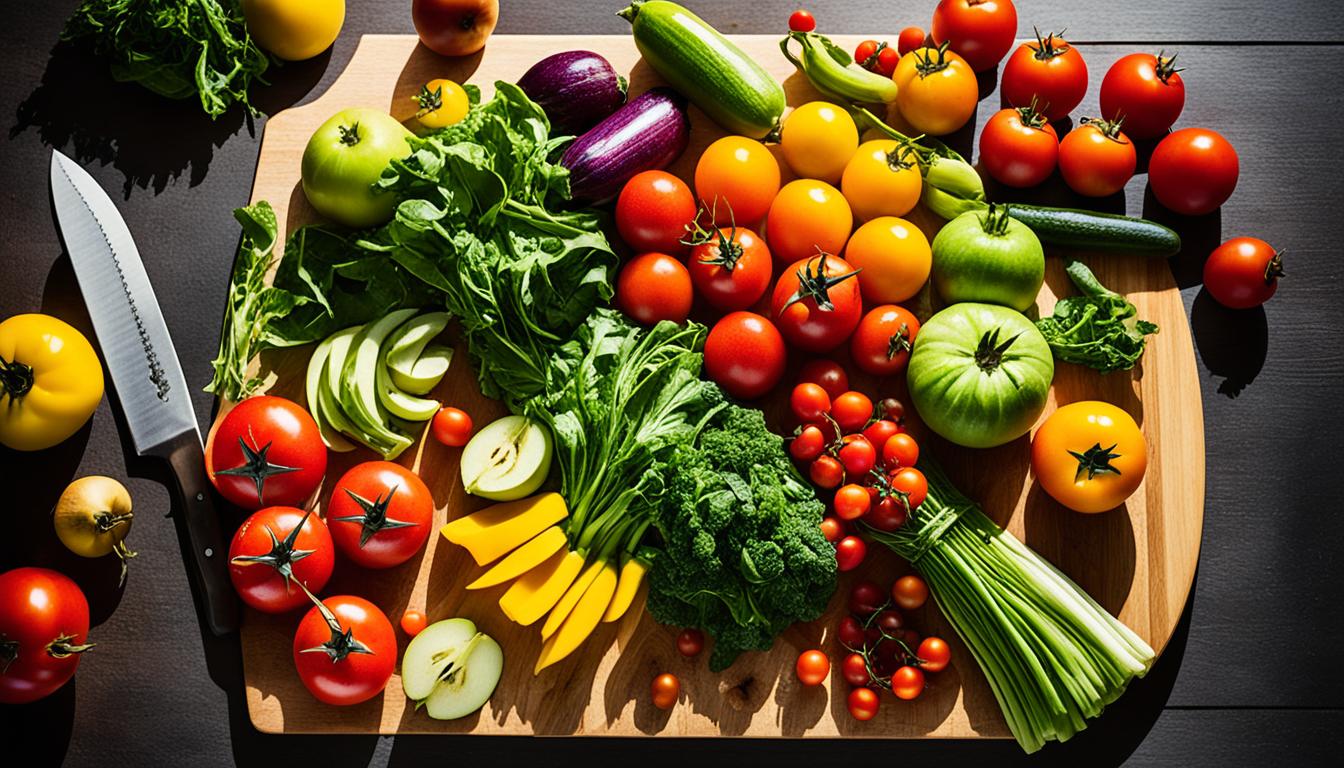Homemade Pasta Perfection: A Step-by-Step Guide
Did you know that pasta is a staple in Italian cuisine and is consumed by more than 3 billion people worldwide? Whether it’s the comforting taste of a classic spaghetti bolognese or the delicate flavors of a homemade ravioli, pasta has captured the hearts and palates of millions.
In this comprehensive guide, we’ll take you through the process of making homemade pasta from scratch, unlocking the secrets to achieving pasta perfection right in your own kitchen. From choosing the right flour to mastering the art of cooking pasta al dente, we’ll cover everything you need to know to create delicious and authentic pasta dishes.
So, roll up your sleeves, dust off your apron, and let’s dive into the wonderful world of pasta making!
Tools and Ingredients for Homemade Pasta
To make homemade pasta, you’ll need a few essential tools and ingredients. Let’s take a look at what you’ll need:
Kitchen Tools:
- A rolling pin
- A fork
- A clean work surface
- A pasta cutter or knife for shaping
While a pasta machine is not necessary, it can be helpful for speeding up the process and achieving consistent thickness in the pasta.
Ingredients:
- Flour
- Eggs
The type of flour you choose will depend on the recipe and the specific type of pasta you want to make. Here are some common options:
| Flour Type | Recommended Use |
|---|---|
| All-purpose flour | Works well for most pasta recipes |
| “00” flour | Best for recipes that include egg |
| Semola (semolina flour) | Ideal for pasta bianca (made without egg) |
It’s important to avoid using self-raising flour as it contains baking powder, which can affect the texture of the pasta.
With these tools and ingredients, you’ll be well-equipped to make homemade pasta.
Cooking Fresh Pasta Al Dente
Cooking fresh pasta al dente is a crucial step in the pasta-making process. Al dente means the pasta is cooked until it is firm to the bite, with a slight resistance when chewed. Achieving the perfect al dente texture requires proper cooking techniques.
The first step is to bring a pot of water to a rolling boil before adding the pasta. It’s important to wait for the water to reach a vigorous boil to ensure even cooking and a uniform consistency in the pasta. Adding salt to the boiling water not only adds flavor to the pasta but also helps to season it evenly throughout.
Stirring the pasta immediately after adding it to the boiling water and at regular intervals during cooking helps to prevent clumping and sticking. The cooking time for fresh pasta is generally short, usually around 2-4 minutes. However, it’s important to taste the pasta a couple of minutes before the indicated cooking time to ensure it is cooked al dente.
The pasta should be cooked until it still offers a slight resistance when bitten, but is tender and not mushy. Once the pasta is cooked, it should be drained, but some of the cooking water should be reserved. The starchy pasta water can be used to thicken and emulsify the sauce, enhancing the flavor and texture of the dish. To prevent the pasta from sticking together, it should be sauced and served immediately after draining. By following these steps, you can achieve perfectly cooked al dente fresh pasta every time.














Post Comment